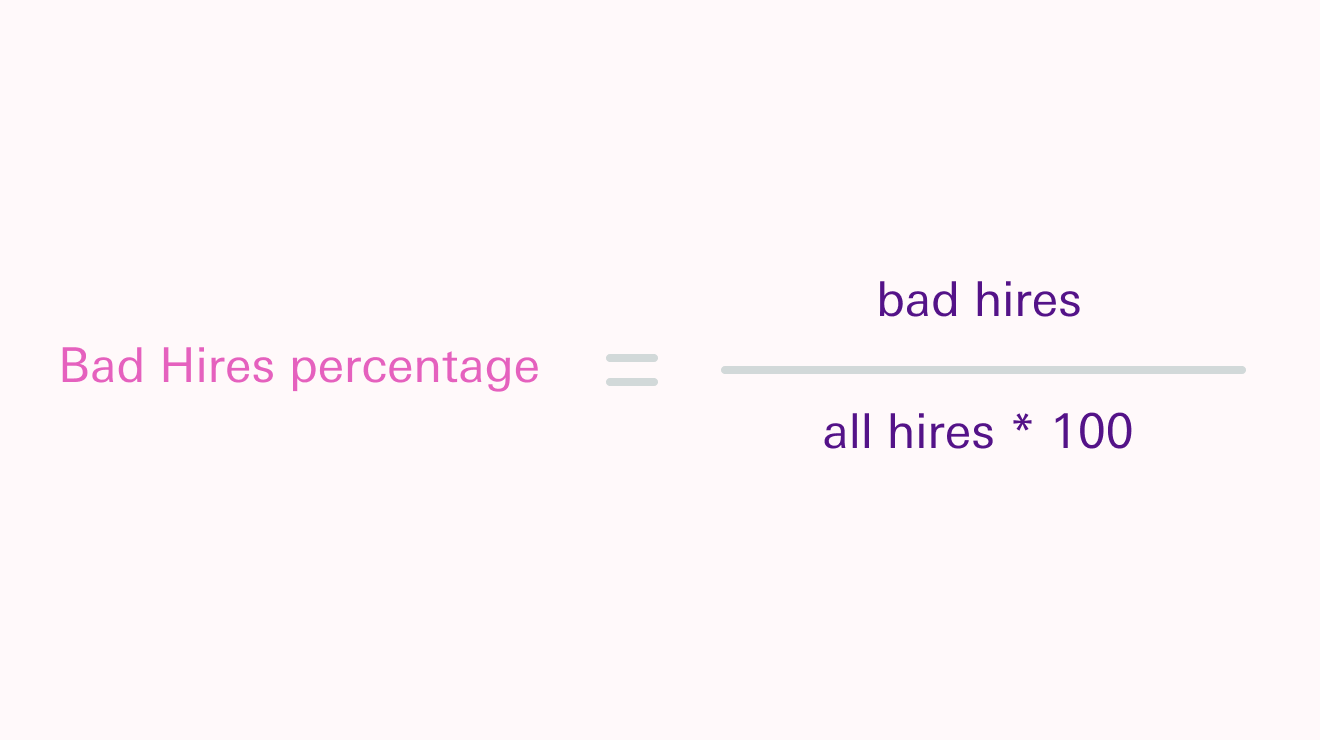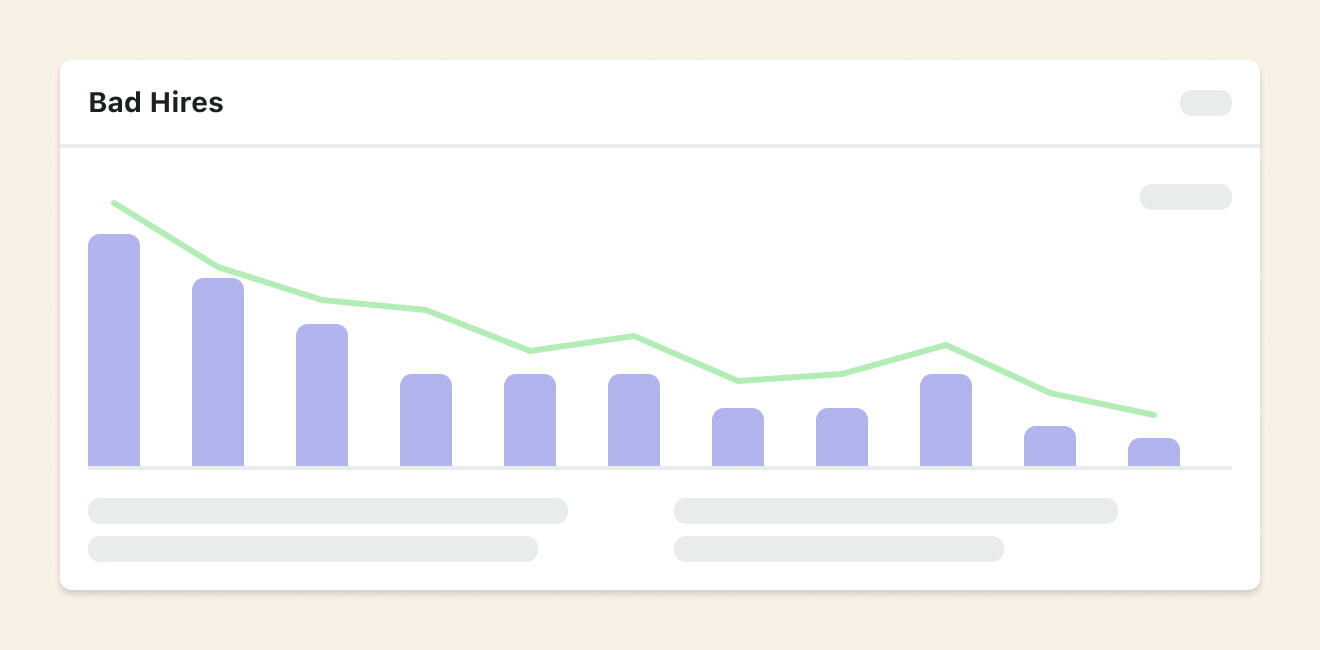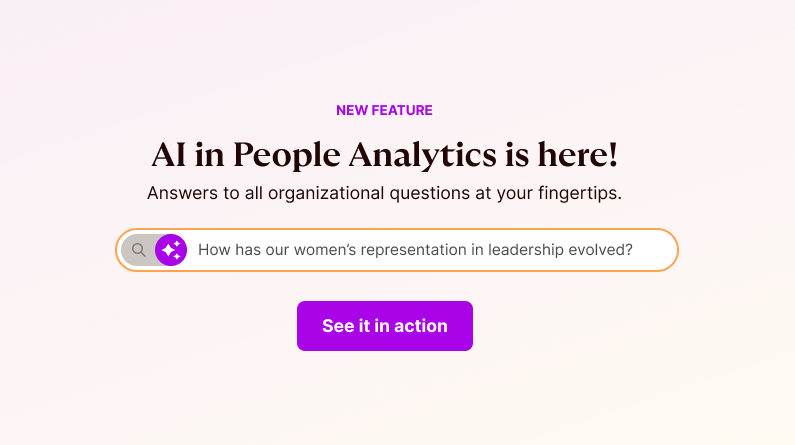None of us want a bad hire. But we still need to know how many we’re making.
Bad hiring decisions don’t only hurt us as a company. They’re not good for that employee, either.
If a new joiner leaves in the first six months, or has a low Quality of Hire score, they’re probably not having a great time. This means avoiding bad hires can help us and our future employees.
If the quality of your hires is the ultimate reflection of hiring success, the number of bad hires indicates quality. By facing the issue of quality head on, we can evaluate our talent acquisition team and find areas to improve. We define bad hires as any employee who leaves in the first six months or scores below 50% on our Onboarding survey.
Now, let’s be clear that bad hires are often not bad people. This is not a judgment against them as a person, but rather a bad fit with the role, manager, department, or company as a whole. Not all of our good hires can be angels either!
How do I calculate our bad hires?
To find the number of bad hires we’ve made, we can use this formula:

To find the percentage of all hires who fall into this bad hires category, we can take that formula above and then follow these steps:

We should look at these numbers in four different ways:
a) right now (how many bad hires have we made this month)
b) at a point in time (how many bad hires have we made in a given month)
c) as a range (where are the lowest and highest bad hire numbers in a time frame), and
d) as a trend (how do numbers vary from month to month)
Here’s what a trend of bad hire metrics can look like:

So What?
Now that we know more about the quality of our hiring, we may need to fix it. A bad fit with new employees may come from:
- Unmet expectations about the role or company
- Not having the right skills or knowledge for the position
- Missing the motivation to complete the work or onboarding tasks
- Forming bad relationships (or no relationships) with teammates, managers, and coworkers
Fortunately, each of these challenges has some solutions you could try. Consider:
- Giving candidates a realistic preview of the job before they accept the offer
- Evaluating candidates’ skills and knowledge more directly, instead of relying on prestige or years of experience OR improving your training and onboarding programs to practice the behaviours you want new joiners to do
- Using onboarding sessions and the first few employee-manager conversations wisely: connect this role with the impact it can have and the higher-level company goals
- Making time for social connections: set norms for how teams should work together, get to know each other as unique individuals, and encourage leaders to share their memories of being a new employee at the company
How do I answer this question in Orgnostic?
Our Onboarding Survey goes out to your new hires automatically. Your HR information system knows about new joiners and recent departures. Couple these data sources and voila — you have Quality of Hire, Bad Hire, Time to Productivity, and other Talent Acquisition metrics!

Now you know if your hiring process needs urgent improvements.
From the Talent Acquisition series: